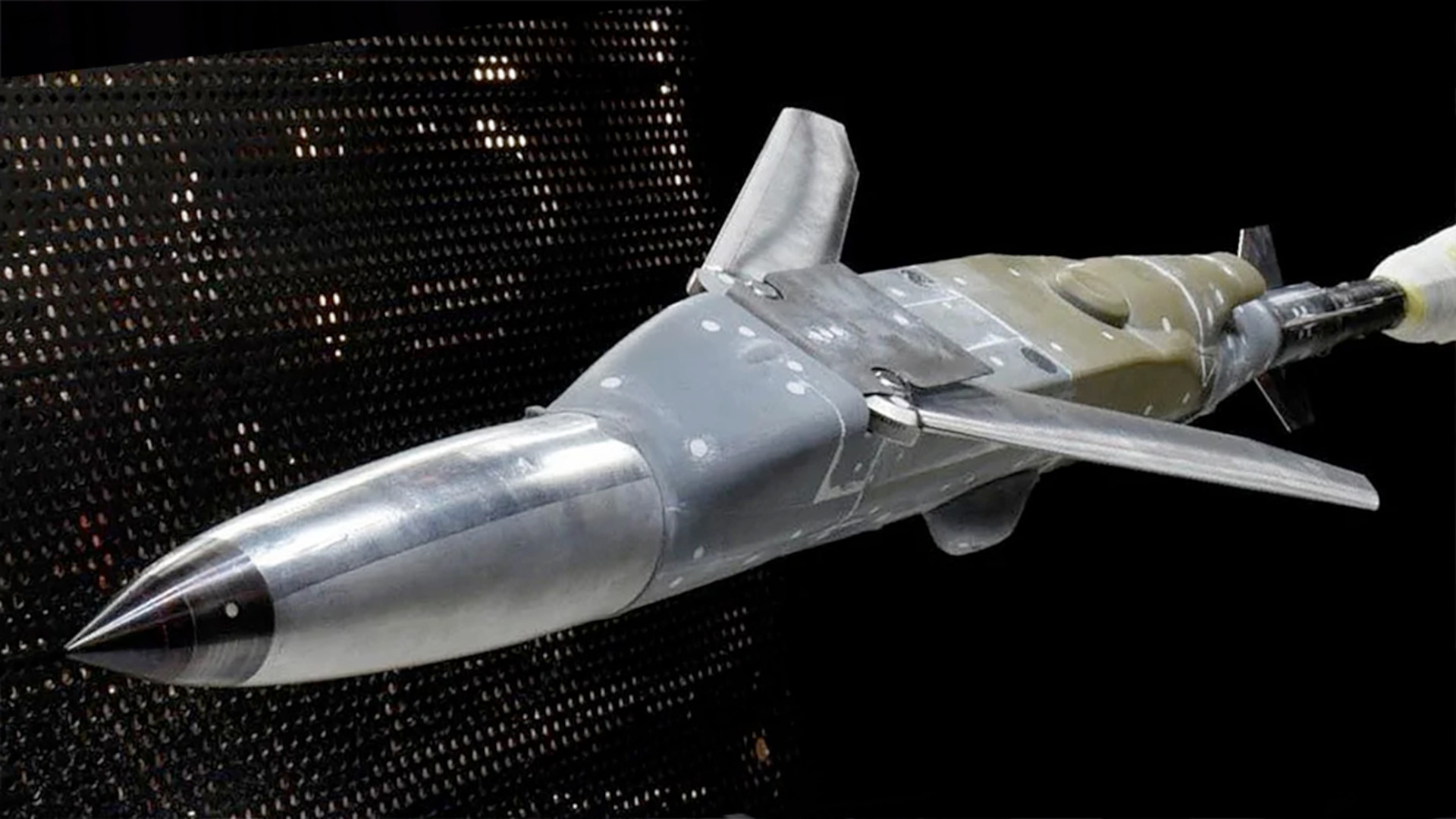For the second time in as many weeks, Boeing has made an announcement related, at least in part, to the ongoing development of a powered derivative of the Joint Direct Attack Munition (JDAM) precision-guided bomb family. The company is pitching the Powered Joint Direct Attack Munition (PJDAM) as a flexible and lower-cost cruise missile that can be used to attack targets on land and ones at sea. It could help countries, including the United States, readily boost their stockpiles of stand-off munitions.
Boeing announced earlier today that it had signed a new memorandum of understanding (MOU) with Australia’s Ferra Engineering regarding the continued production of pop-out wing kits for the unpowered JDAM Extended Range (JDAM-ER) series. The company said that this deal would also include an “intent to explore applications” for the PJDAM. As currently designed, the PJDAM uses the same wing kit as the JDAM-ER.

This follows an announcement last week about another MOU between Boeing and Technical Directions, Inc. (TDI) regarding the 200-pound-thrust-class TDI-J85 turbine engine as a propulsion option for PJDAM. TDI is a wholly-owned subsidiary of Kratos Defense & Security Solutions, Inc.
“Boeing, Kratos TDI, and the U.S. Government have made investments into TDI’s engine, and we are encouraged by the maturity, production capacity, affordability and capability it provides,” Boeing told The War Zone when asked if other engine options might be under consideration for integration onto the PJDAM. “We have invested significantly in [the] integration of the engine into Powered JDAM airframe.”
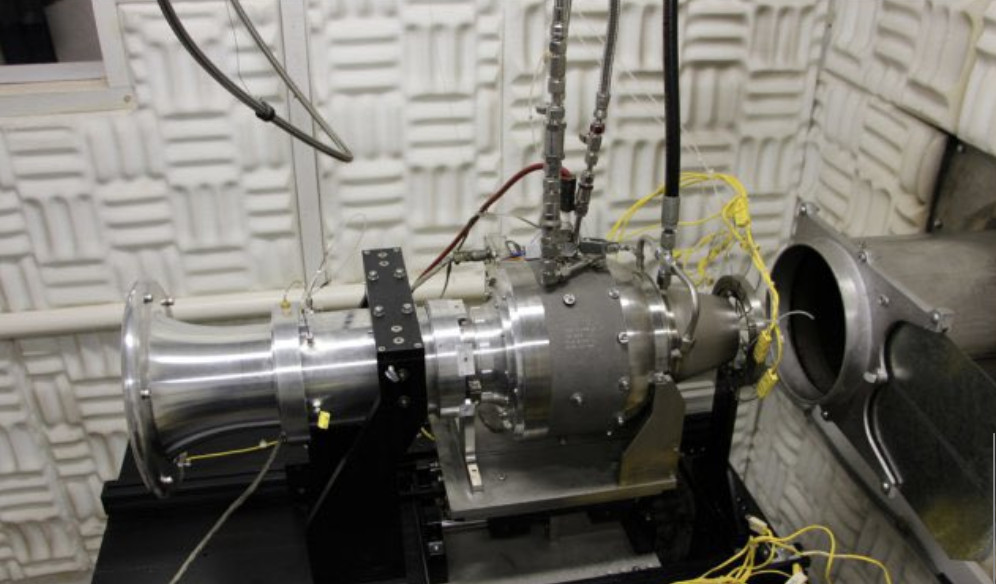
In addition, in August, Boeing announced that it had completed a round of PJDAM wind-tunnel testing, which it said was “a key milestone in the maturation of the long-range, precision strike system.” The company also said at that time that it would use the data collected to create a so-called “digital twin,” a high-fidelity digital model that would be used to support further development in a virtual environment.
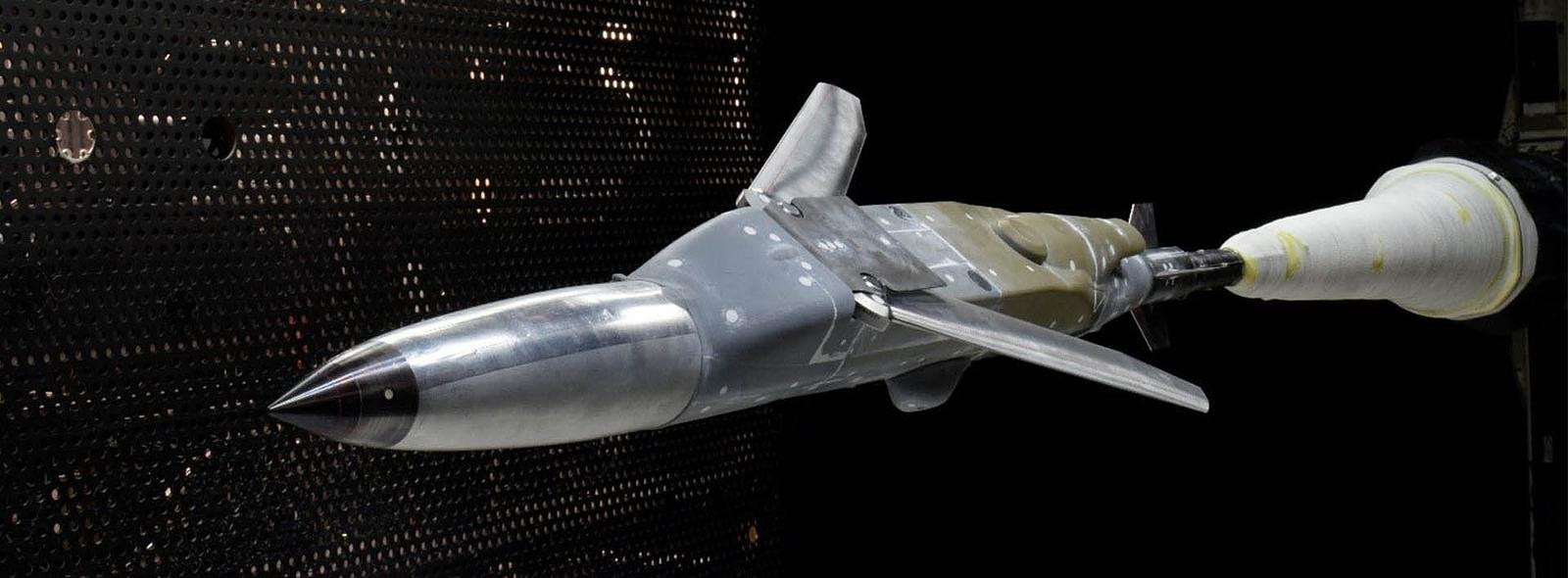
At its core, the PJDAM consists of four key components, the engine, the pair of pop-out wings, a main guidance package derived from GPS-assisted inertial navigation system one found on typical JDAMs, and a standard low-drag 500-pound-class bomb as its warhead.
The PJDAM is effectively a small cruise missile and is designed to offer significantly greater range even over the unpowered JDAM-ER. A standard wingless JDAM can glide around 15 miles to its target, depending on the release altitude. With its pop-out wings, the JDAM-ER can hit targets up to 45 miles away. Boeing says that the PJDAM is expected to be able to reach targets at least 300 miles away.
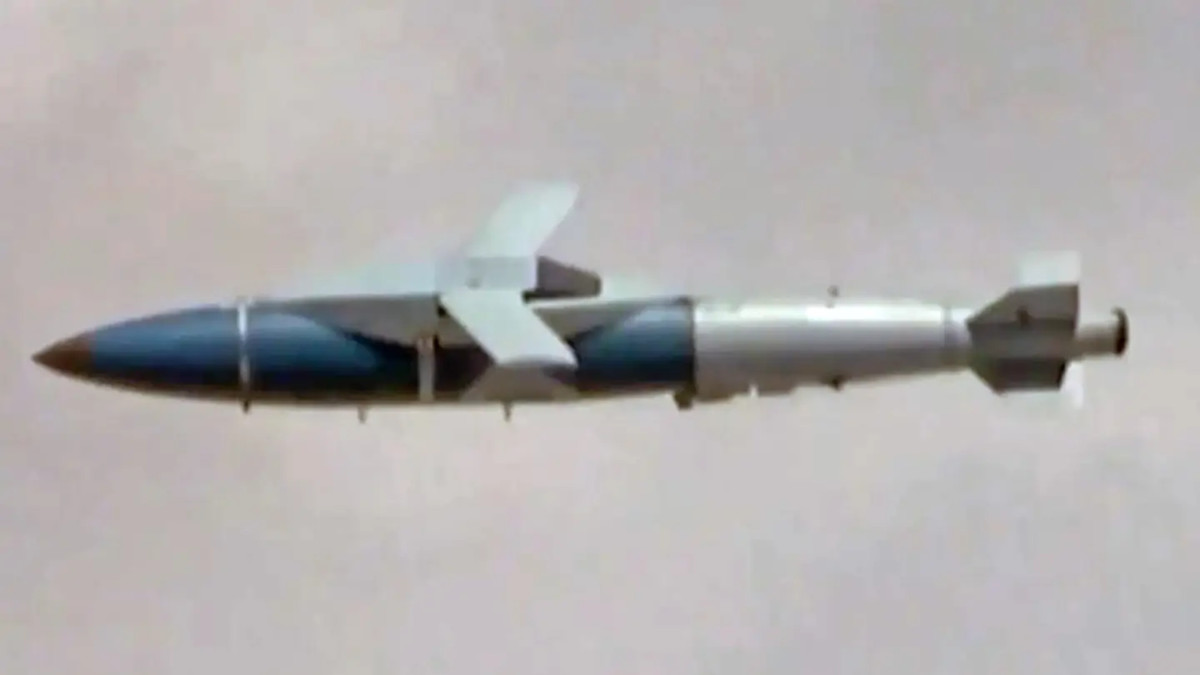
As with existing JDAMs, the PJDAM’s use of a standardized bomb shape as its warhead immediately gives the design significant flexibility. There are a host of 500-pound-class bombs and other munitions with this form factor already available, including specialized designs intended to reduce the risk of collateral damage and air-dropped shallow-water anti-ship mines.
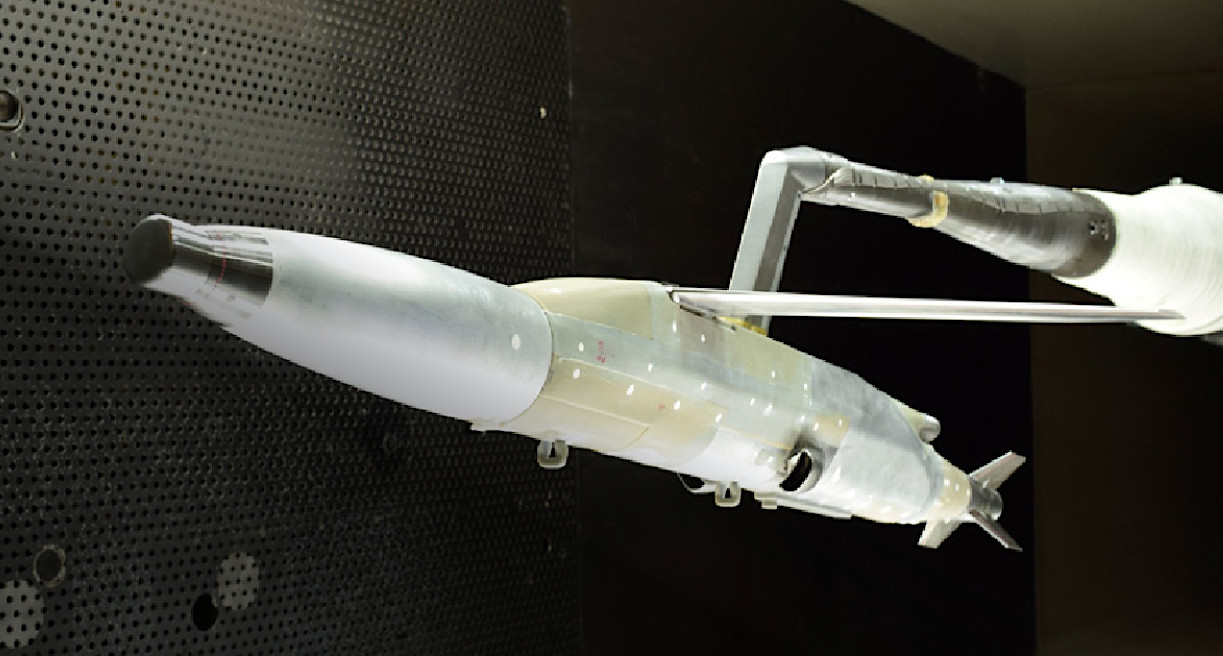
Boeing says that leveraging the existing JDAM guidance system, as well as other components from that package, means that any aircraft onto which the unpowered types have already been integrated should also be able to employ PJDAMs. Full integration would, of course, still require testing to make sure PJDAMs could be safely released from whatever is carrying them. That being said, PJDAM is a separate kit that cannot be combined directly with existing JDAM kits.
PJDAM is also “provisioned for optional modular capability enhancements for increased lethality utilizing open system architecture interfaces,” according to a Boeing fact sheet.
There is no word yet about whether the PJDAM concept could be scaled up to work with 1,000-pound or 2,000-pound class warheads. Doing so could require the integration of a larger, more powerful engine. Since it is self-powered, there might be an option in the future for employing PJDAMs from surface-based launchers, too.
It is important to note that the PJDAM concept is not new. However, it has evolved in significant ways since it was first unveiled many years ago now.
Most notably, Boeing is now actively developing versions with additional capabilities, including a maritime strike variant with a seeker system added to the nose. The War Zone has reached out for more information about exactly what the seeker system entails.
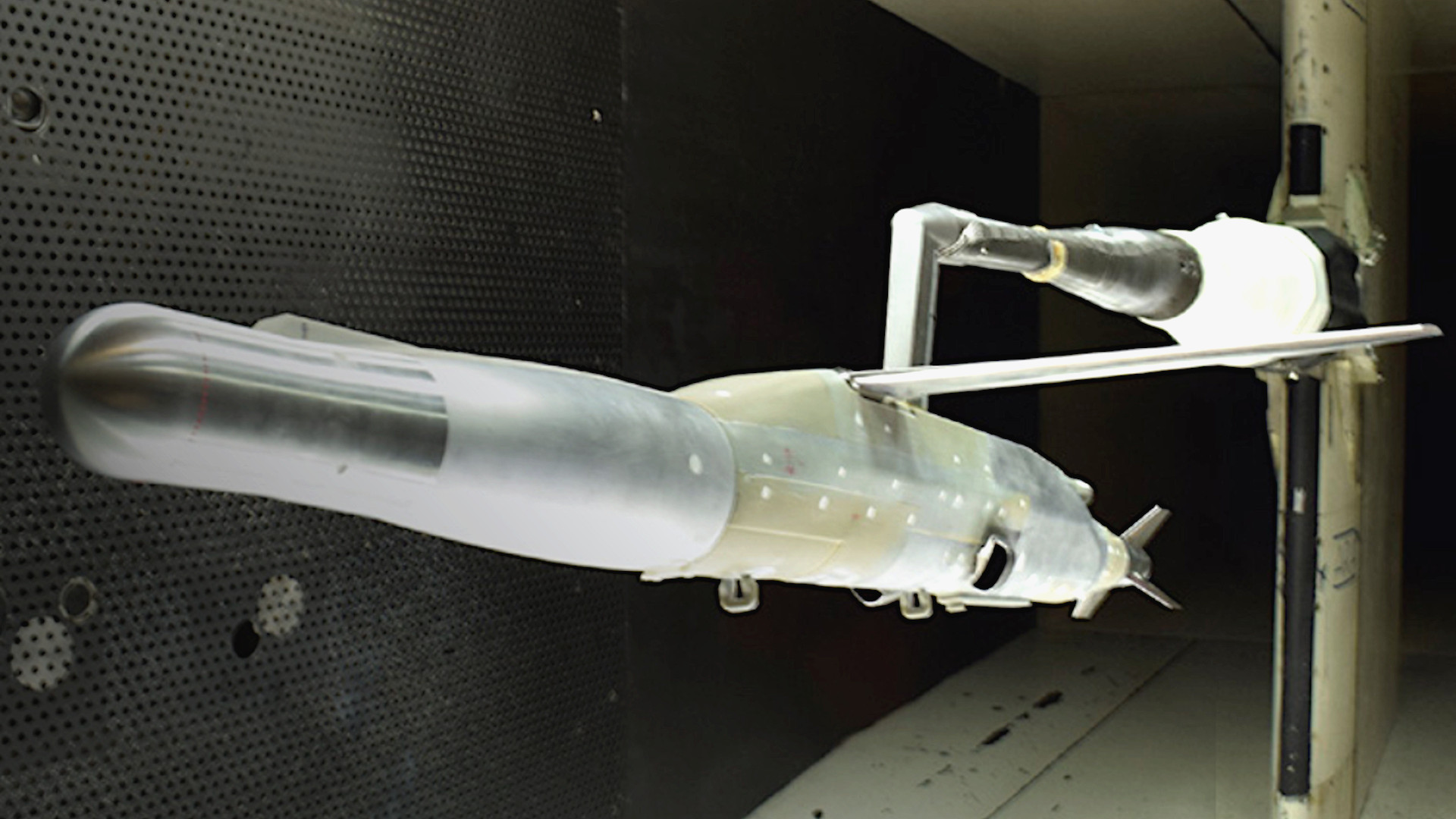

The U.S. Air Force has been separately testing an add-on dual-mode seeker system for use on unpowered JDAMs, which combines a radar and imaging infrared (IIR) camera, specifically to help employ those bombs in the anti-ship role. You can read more about that project, known as Quicksink, here.

Boeing’s fact sheet says that PJDAM has a built-in 1.2-kilowatt alternator specifically to help provide power for “optional enhancements” like “seekers, data link, [and] other mission avionics.”
In addition, the PJDAM is also now being pitched as a possible air-launched decoy. In this configuration, its warhead would be replaced with an additional fuel tank designed to extend its range out to at least 700 miles.
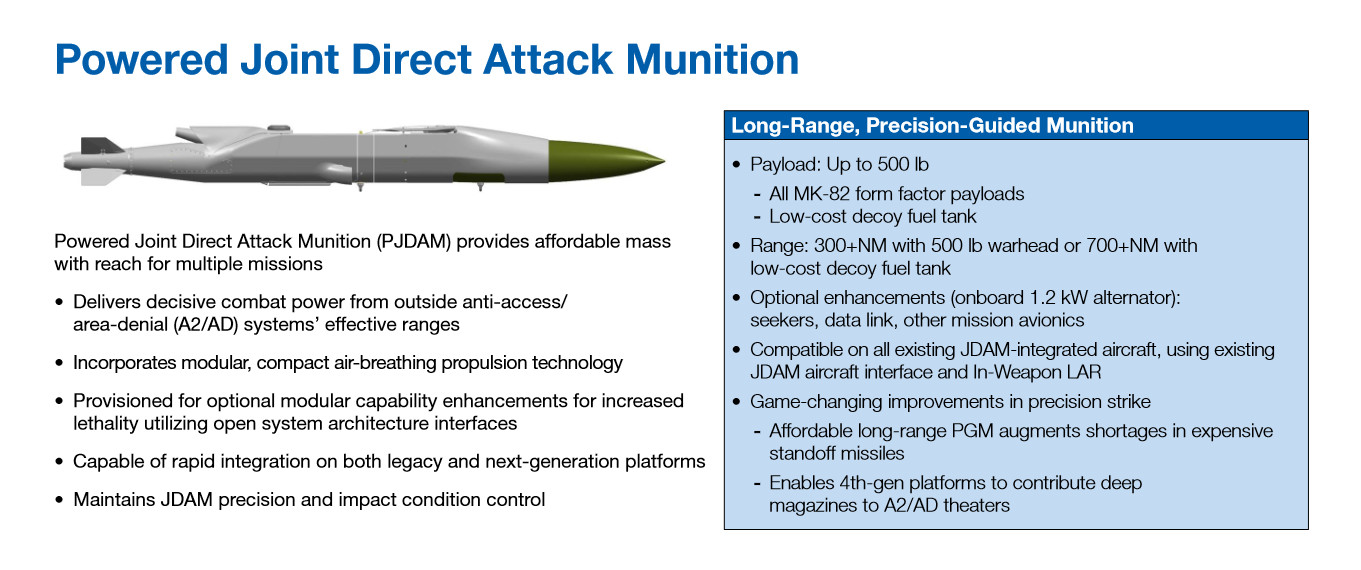
Altogether, as advertised, the PJDAM offers a number of potential benefits. The first of these is the aforementioned flexibility that would give units in the field a stand-off munition that can be readily reconfigured to the mission at hand, or even turned into decoys, as necessary.
Then there is the added value in the ability to turn existing stockpiles of standard 500-pound-class bombs into lower-cost cruise missiles with relative ease. Boeing has, so far, not disclosed a project unit cost for the PJDAM kit.
However, standard JDAM kits have historically cost between $20,000 and $30,000 apiece. A typical 500-pound-class low-drag bomb adds another few thousand dollars to that total. The unit cost of the unit cost the TDI-J85 is unknown, but the Williams F107, a larger turbojet also used in various cruise missiles, has been priced at around $190,000 in the past. Any additional seeker system or other features would add to the cost of the PJDAM. Still, for comparison, a single AGM-158A Joint Air-to-Surface Standoff Missile (JASSM), one of the U.S. Air Force’s go-to air-launched stand-off munitions currently, has a price point above $1 million.
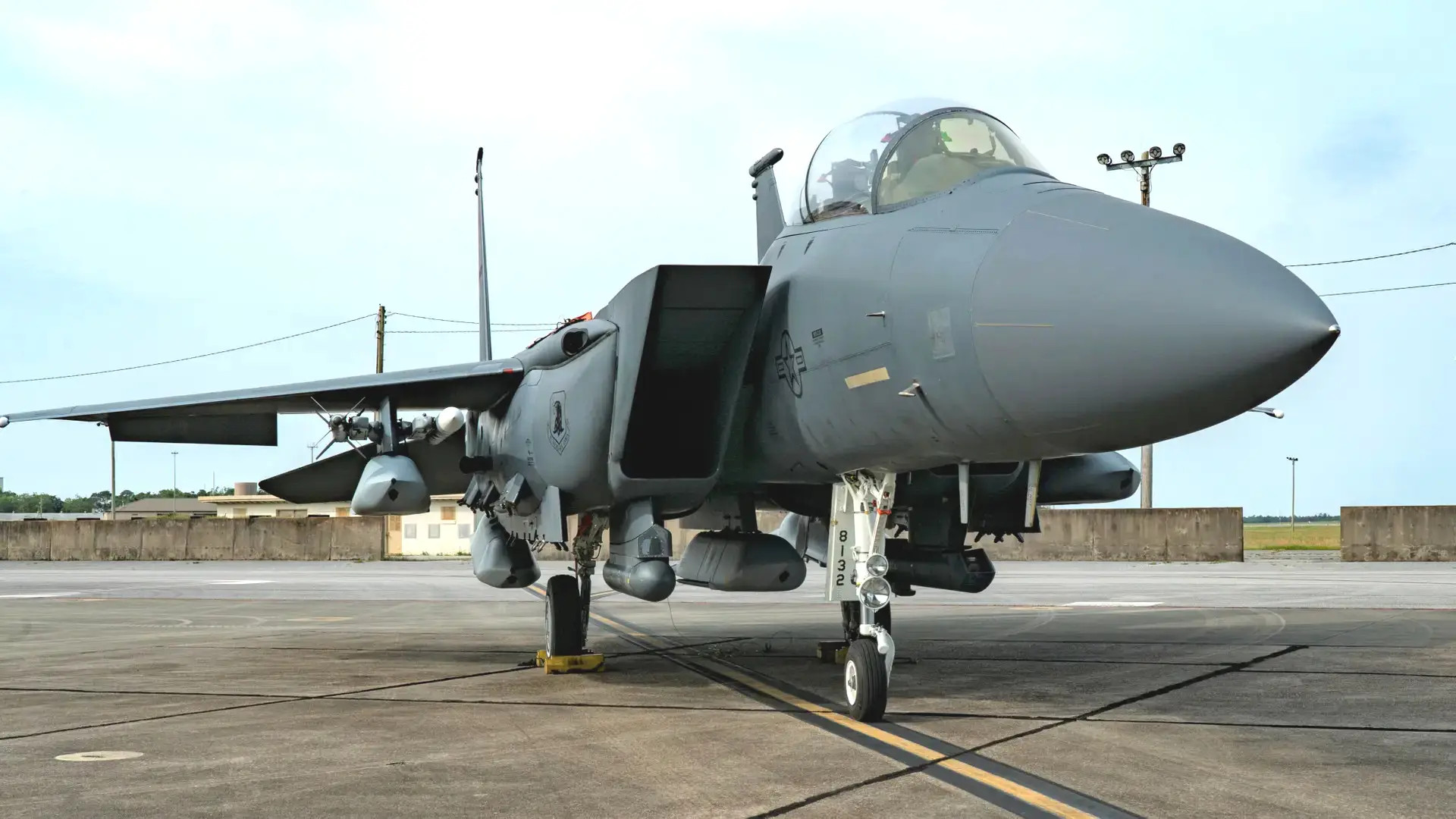
Unlike many existing cruise missiles, like the AGM-158, the PJDAM may be small enough to be carried inside the internal weapons bays on stealth fighters like the F-35. For stealthy aircraft, carrying stores externally negatively impacts their radar-evading capabilities.
It is important to note that the PJDAM’s expected 300-mile range in its non-decoy configuration is significantly shorter than many existing cruise missile types, such as the AGM-158 and its extended-range versions. The powered version of the JDAM is also not stealthy, unlike the members of the AGM-158 family, among others.

At the same time, when it comes to the U.S. military, any potential future high-end conflict, especially against China across the broad expanses of the Pacific, would come along with the prospect of having to prosecute many thousands of targets on land and at sea. Large volumes of stand-off munitions will be critical for engaging many, if not most of those threats given extensive enemy defenses in the air and down below.
This, in turn, presents a host of challenges when it comes to keeping up a steady supply of stand-off munitions to engage those targets, and doing so in a timely manner that is not cost-prohibitive. A design like PJDAM could, therefore, be extremely valuable for rapidly increasing the total number of available stand-off munitions. This could help free up AGM-158s and other cruise missile types to prosecute targets that require additional reach and survivability. Decoy versions of the PJDAM could also be used to confuse and misdirect defending forces to help ensure that other stand-off munitions get through to their targets.
In addition, shorter-range PJDAMs could support other key missions, including helping to seed naval minefields. The War Zone has explained in depth in the past in the context just of using JDAM-ERs with shallow-water naval mines as their warheads about how much of a boon this could be for shaping maritime battlespaces.

The War Zone has been highlighting the need for lower-cost stand-off munitions that still have appreciable range for some time now. The U.S. military is clearly aware of this demand itself. Between 2017 and 2020, the Air Force Research Laboratory (AFRL) tested a low-cost cruise missile design powered by a TDI-J85 as part of a project called Gray Wolf. That work has since fed into an ongoing AFRL project that is experimenting with swarms of networked munitions called Golden Horde.
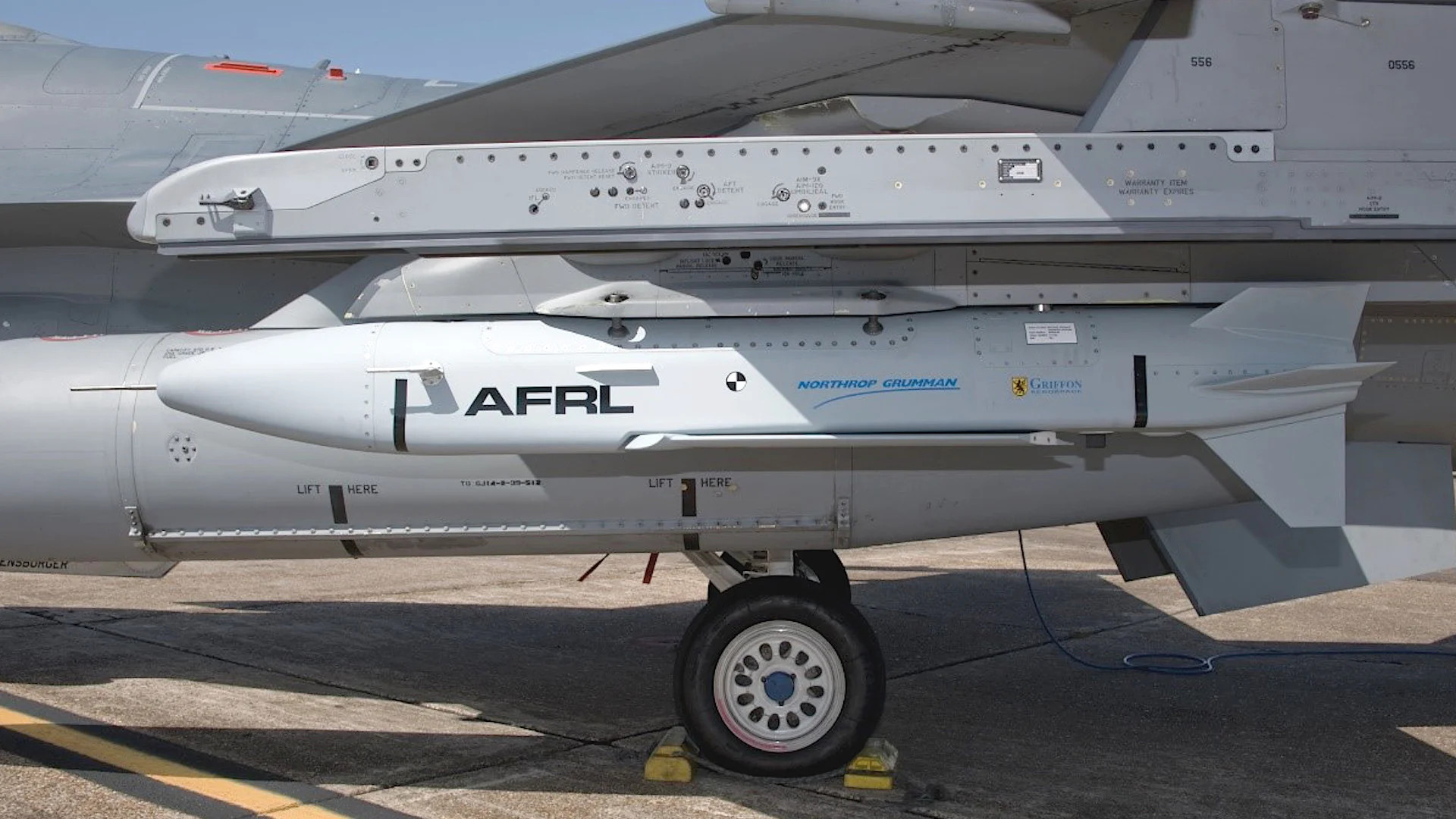
The U.S. Navy also previously planned to acquire a turbojet-powered version of the AGM-154 Joint Stand-Off Weapon (JSOW) precision-guided glide bomb, a concept similar in many broad respects to the PJDAM. In 2021, the service axed those plans in favor of acquiring a derivative of the JASSM-ER.
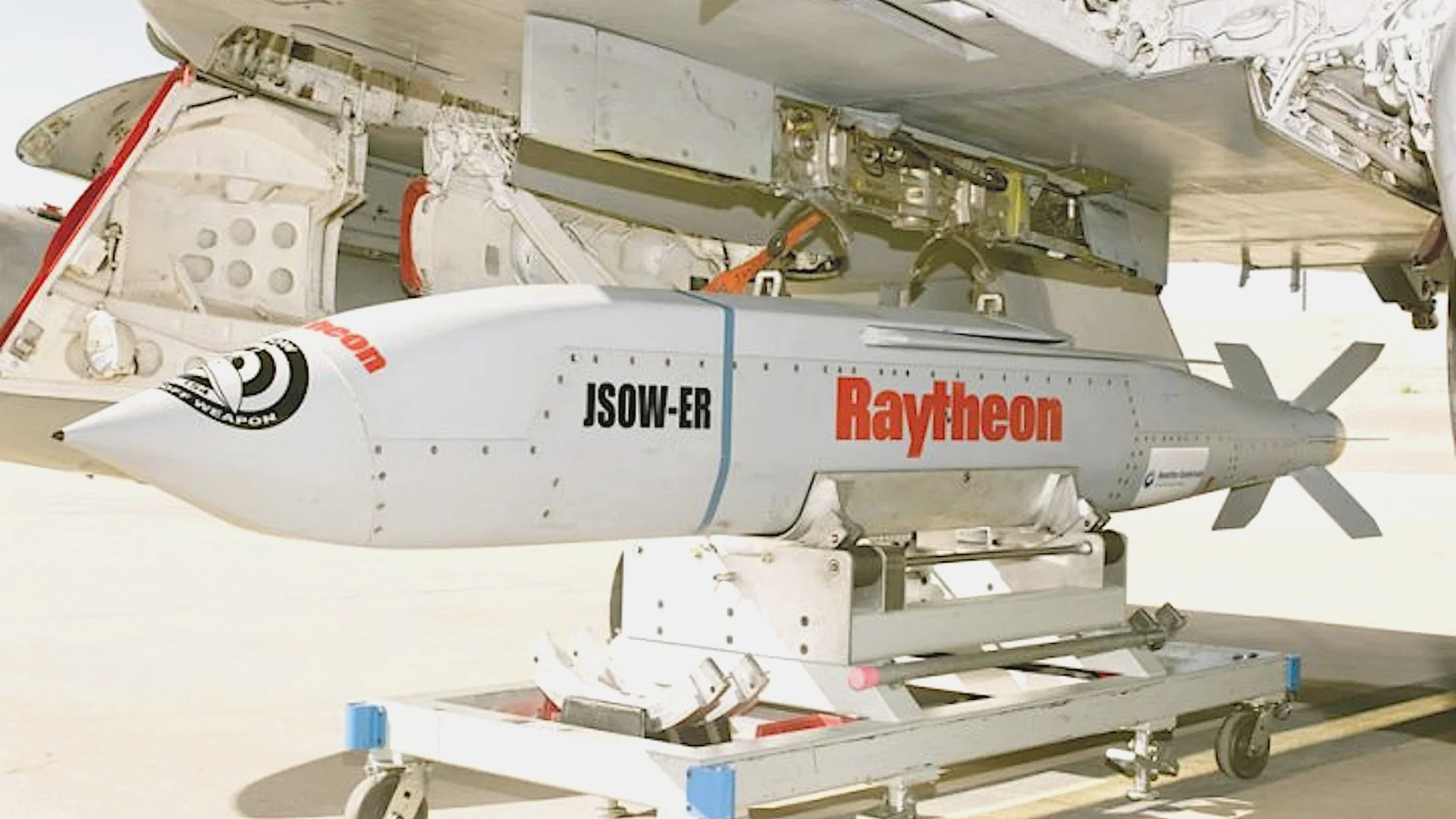
Commonality with JDAM, which has now been widely exported to U.S. allies and partners – including to Ukraine, where they are being used actively against Russian forces – could also open potential opportunities for PJDAM sales to military forces around the world or other kinds of foreign cooperation. This latter point is underscored by Boeing’s existing relationship with Ferra Engineering in Australia with regard to the JDAM-ER, and now the PJDAM.
Certain foreign armed forces might also be interested in a munition like PJDAM as a path to acquiring any kind of precision air-launched stand-off capability due to weapons like the AGM-158 being too complex and/or expensive, or out of reach over operational security concerns or other reasons.
“We continue to work with [the] U.S. and its international partners to accelerate fielding Powered JDAM in support of urgent needs over the next several years in the Indo-Pacific and elsewhere,” Boeing told The War Zone when asked about whether there are any prospective customers now.
Altogether, there is clear continuing interest in lower-cost cruise missiles like the PJDAM, which offers additional flexibility for use against land-based and maritime targets.
Contact the author: joe@thedrive.com
